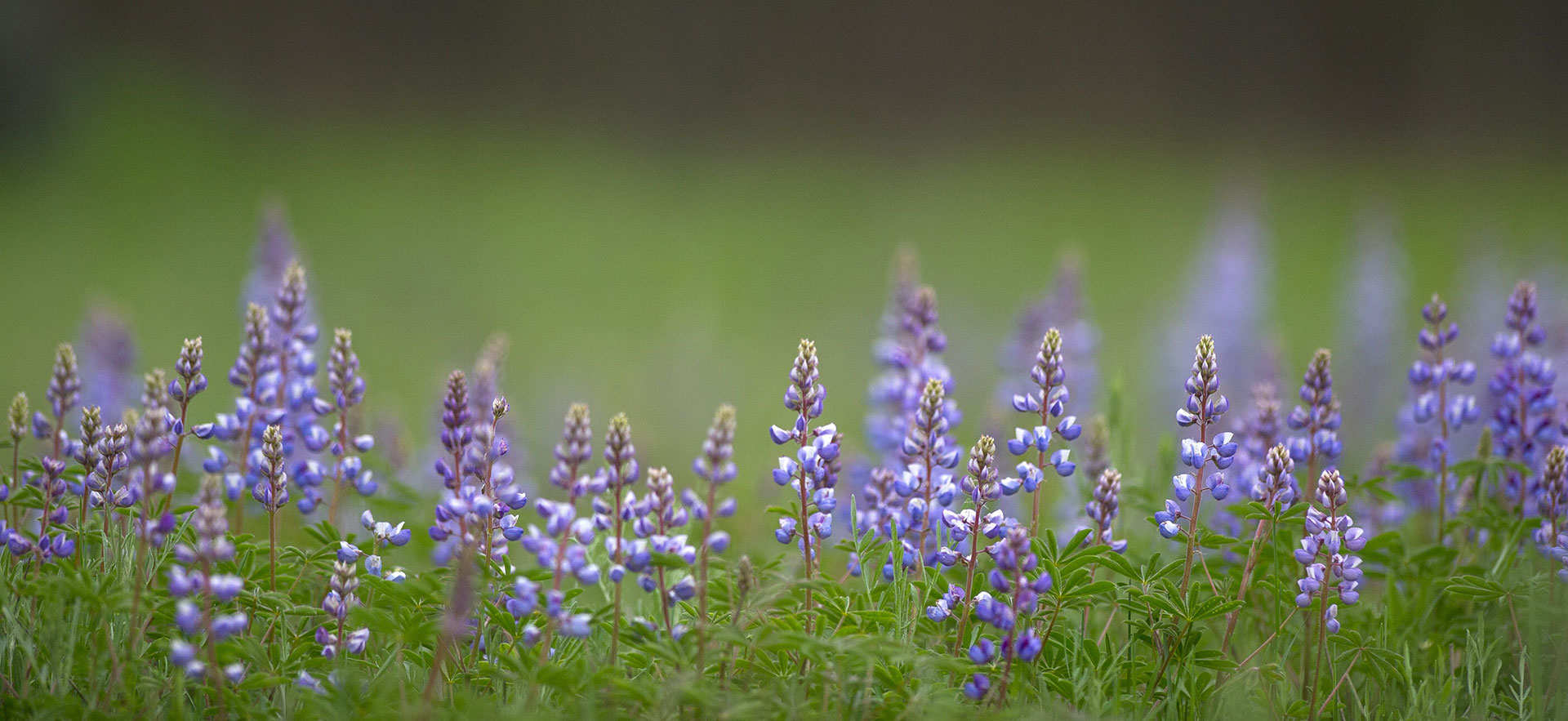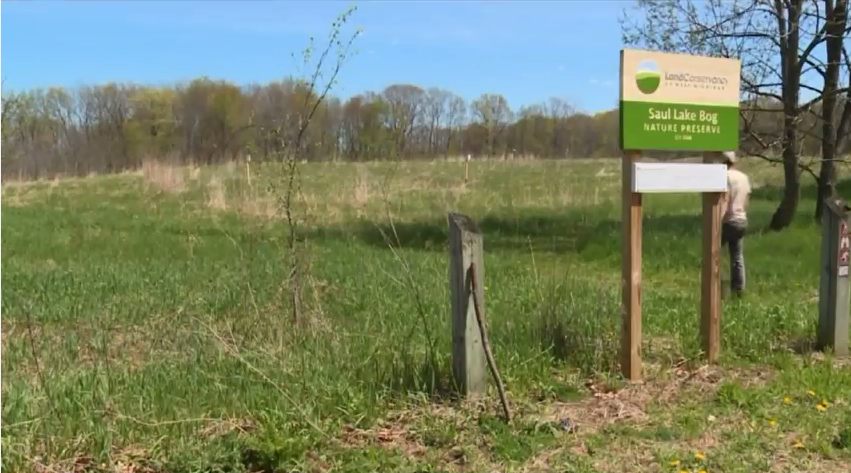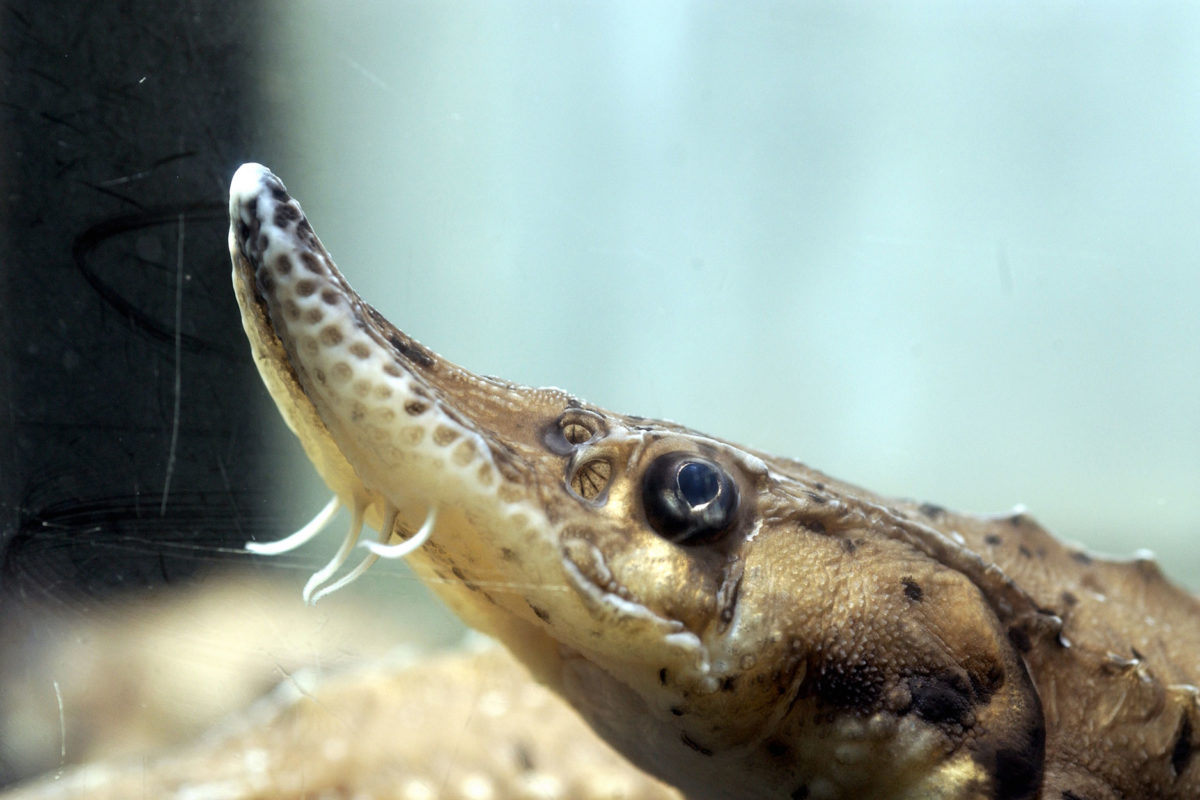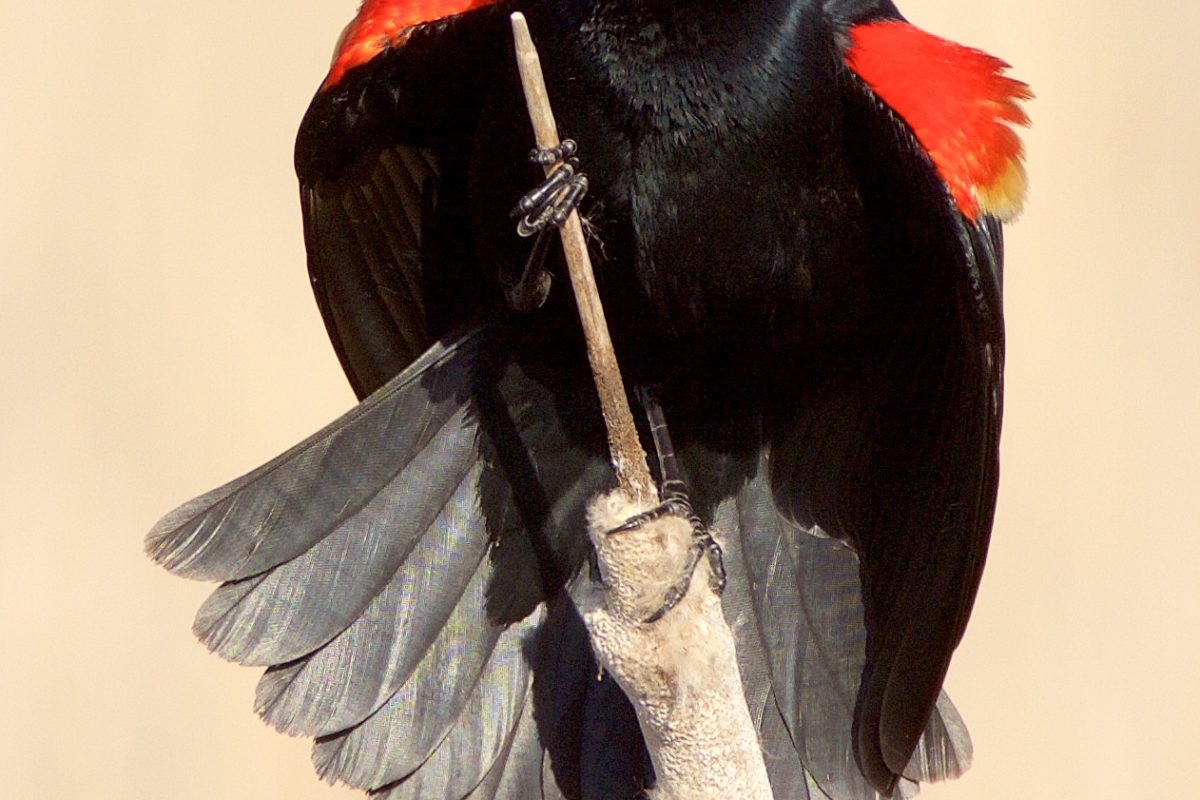At Crooked Lake Marsh, you never know what you’re going to get.
Nestled in the heart of southwest Michigan’s Allegan State Game Area, Crooked Lake Marsh is home to the largest concentration of rare plants in the state — and its lineup is constantly changing.
Covering more than 50,000 acres, Allegan State Game Area is the largest state game area in Michigan. For decades, it has been a popular destination for hunters in search of deer, turkey, duck, pheasant, rabbit, grouse, squirrel and woodcock. However, bird watching, hiking and wild blueberry and mushroom picking are also common activities for its visitors.
And word is spreading about the wonders found at Crooked Lake Marsh.
“In the last five to 10 years we’ve started getting quite a few ecotourists. These are folks who specifically come here to see plants and wildlife that they haven’t seen in other places,” said Maria Albright, Allegan State Game Area wildlife technician.
“It’s a fantastic area and there are a lot of things to see and do here.”
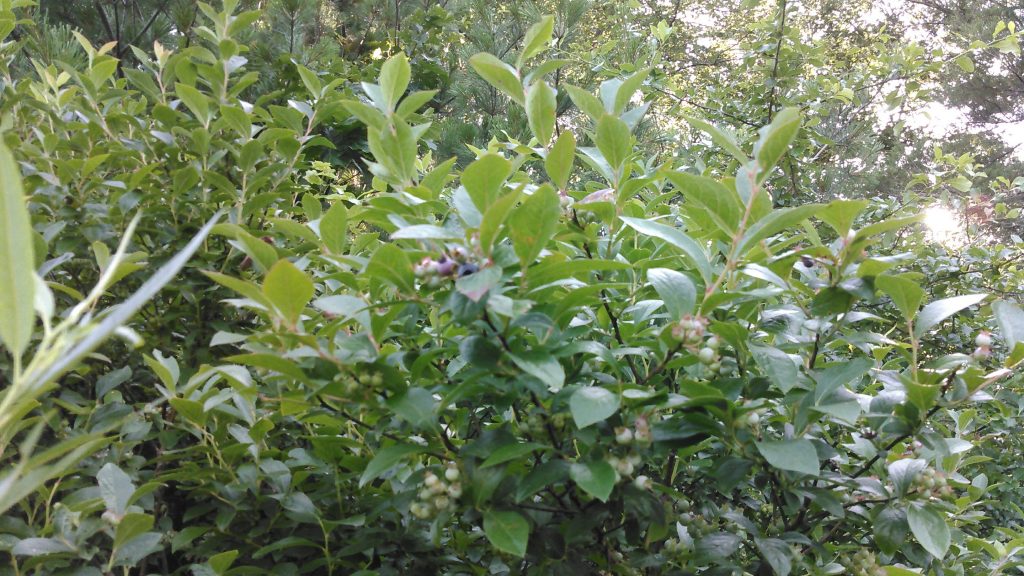
A Natural Mystery
Crooked Lake Marsh is one of the largest coastal plain marshes in Michigan.
“What looks to the untrained eye like a boring wetland full of grass is really very unique because you see things here you won’t see anywhere else in the central United States,” said Jesse Lincoln, a Michigan Natural Features Inventory plant ecologist.
These very rare Great Lakes natural communities can range in size from small, marshy depressions to large, wet meadows encircling small lakes, and contain plants and animals normally found along the Atlantic or Gulf coastal plains.
While theories abound, it’s still a mystery how species commonly seen in Virginia, Georgia or Florida are also found hundreds of miles away in western Lower Michigan — and nowhere in between.
“What we do know for certain is Allegan is very unique and a real hotspot for biodiversity,” said Mike Penskar, a retired Michigan Natural Features Inventory senior conservation scientist.
Because water levels fluctuate dramatically at Crooked Lake Marsh, there’s always something different popping up in this complex ecosystem.
“I’ve seen years that were so dry you could walk across the marsh in your street shoes and not get anything on them. Then there are years that if you tried that you’d be over your head in water,” Penskar said.
In wetland areas, seeds naturally stored in the soil — called seed banks — may lie dormant for decades or a century or more before eventually emerging.
That’s why preserving areas such as Crooked Lake Marsh is so vital.
“There are so many mysteries locked up in these marshes,” Penskar said. “We believe every single one of these plants is an important natural history lesson we have yet to learn.”

Protecting this natural jewel takes a village
Throughout Michigan there are 78 areas that retain the best examples of our state’s native landscapes, ecosystems, natural communities or scenic qualities. These areas are recognized and protected as natural areas. They range in size from less than 1 acre to nearly 50,000 acres.
Crooked Lake Marsh is home to a number of threatened and endangered plants and invertebrates and is legally dedicated in The Nature Conservancy’s Natural Areas Registry.
Among them, bald eagle, black ratsnake and boxed turtle populations are of special concern, and the cerulean warbler is a threatened species.
“The wetlands [at the Allegan State Game Area] provide a really critical stopping point for migrating waterfowl every spring and fall. So while the DNR is working to protect these unusual, obscure plants living there it’s also helping the migrating waterfowl that people love to hunt in Michigan,” Lincoln said.
But protecting these natural jewels takes a village.
“I think there’s a misconception out there that if we just leave nature alone, it will take care of itself, but that’s not the case. It requires active management to meet the unique requirements of the wildlife living in each habitat,” said Matt Pedigo, chair of the Michigan Wildlife Council, which was created in 2014 to increase the public’s understanding about how Michigan’s outdoors and wildlife are managed and how conservation activities are funded.
Day after day, teams of public and private conservationists at the federal, state and local levels work to protect Michigan’s natural resources for future generations. These wildlife management activities are carefully orchestrated to help a wide range of species living in each unique habitat.
“Our research shows that many residents are unclear about the way all this amazing conservation work is paid for in Michigan. In fact, the vast majority of those dollars come directly from licenses and fees paid by hunters and anglers,” Pedigo said. “But you don't have to hunt or fish to benefit from this critical work. Everyone in Michigan can enjoy the results of these conservation efforts."
